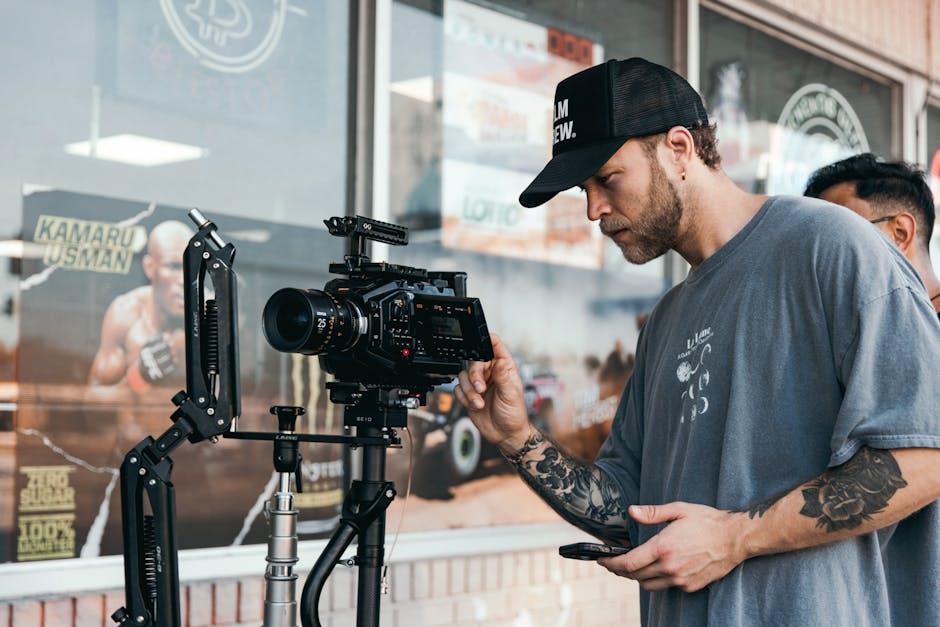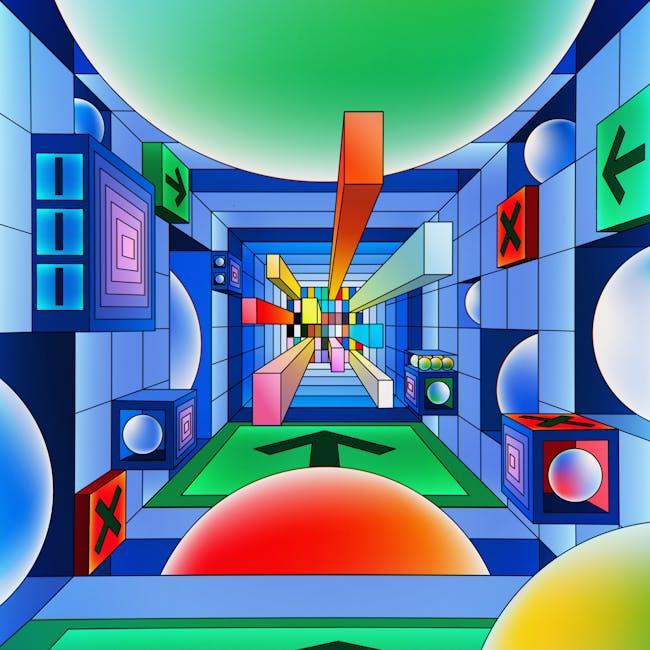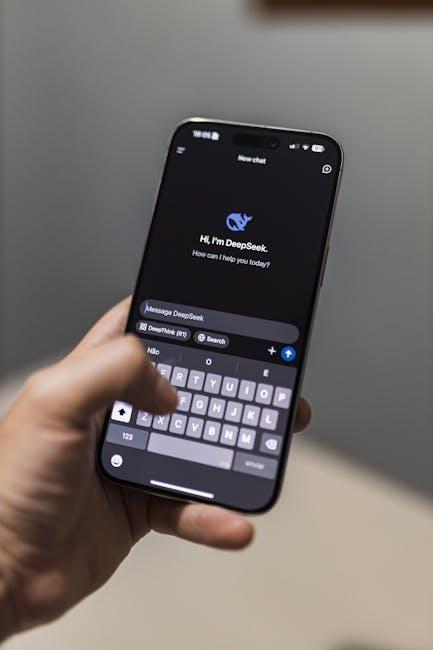In the ever-evolving landscape of digital creativity, artificial intelligence has emerged as a silent artist, reshaping how we perceive and manipulate visual content. From subtle enhancements to transformative edits, AI-driven tools are redefining the boundaries of what is possible in image and video production. As algorithms grow more sophisticated, the relationship between human creativity and machine precision becomes a fertile ground for innovation, raising questions about authorship, authenticity, and the future of visual storytelling. This article explores the profound influence AI exerts on visual content editing, tracing its journey from novel experiment to indispensable collaborator.
The Evolution of Visual Content Editing in the Age of AI

Visual content editing has undergone a dramatic transformation with the integration of AI technologies. What once required hours of meticulous manual adjustments can now be achieved through intelligent algorithms that understand context, style, and even user intent. AI-powered tools empower creators with features such as automatic background removal, real-time style transfer, and precision enhancement, allowing them to focus more on creativity rather than technicalities. This shift not only enhances productivity but also democratizes access to sophisticated editing capabilities, making visual storytelling more accessible to novices and professionals alike.
Key innovations contributing to this revolution include:
- AI-driven image recognition: Enables selective editing based on content, like enhancing faces or objects without affecting the background.
- Generative adversarial networks (GANs): Craft realistic textures and effects that push the boundaries of traditional editing.
- Automated color grading: Applies mood-based palettes at the click of a button, replacing time-consuming trial and error.
| Feature | Benefit | Example Use Case |
|---|---|---|
| Smart Object Detection | Effortless targeted edits | Isolating product images on e-commerce platforms |
| Style Transfer | Compatible with different artistic looks | Transforming photos into digital paintings |
| Noise Reduction | Clearer low-light photos | Improving smartphone snapshots |
Enhancing Creativity and Efficiency Through Intelligent Tools
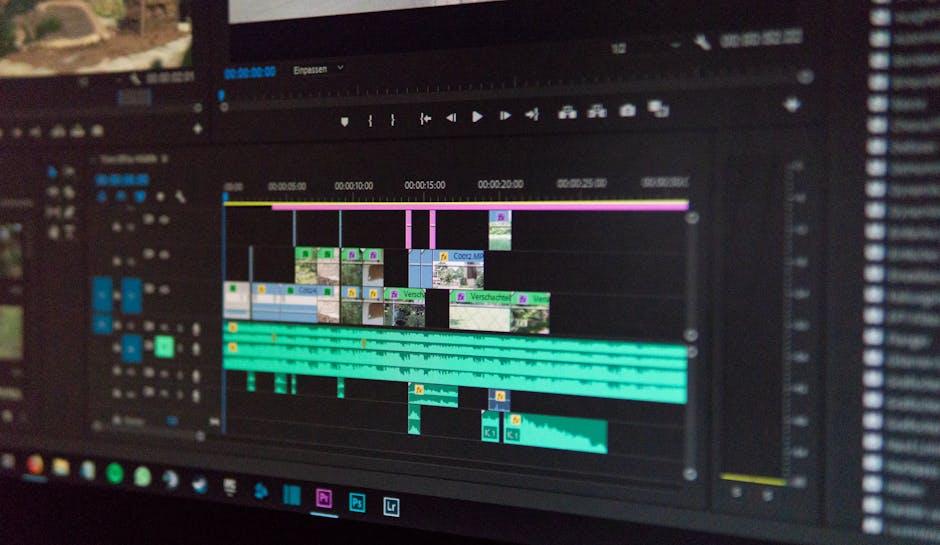
The integration of AI in visual content editing has ushered in a new era where imagination meets precision. Intelligent tools empower creators to break free from traditional constraints by automating tedious tasks like background removal, color correction, and object recognition, allowing more time for artistic exploration. This shift not only streamlines workflows but also expands creative possibilities, enabling users to experiment with effects and compositions that would have demanded hours of manual effort or specialized expertise.
Some standout benefits of AI-powered tools include:
- Smart suggestions: AI analyzes image content to propose enhancements or alternative designs.
- Real-time collaboration: Multiple creators can work on a project simultaneously with AI optimizing changes.
- Adaptive learning: The tools evolve based on user preferences and trends, making editing increasingly intuitive.
| Feature | Benefit | Impact |
|---|---|---|
| Auto Masking | Precise object selections | Speeds up complex edits |
| Style Transfer | Apply artistic filters | Enhances creative expression |
| Content-Aware Fill | Seamless background repair | Maintains image integrity |
Navigating Ethical Considerations and Authenticity Challenges
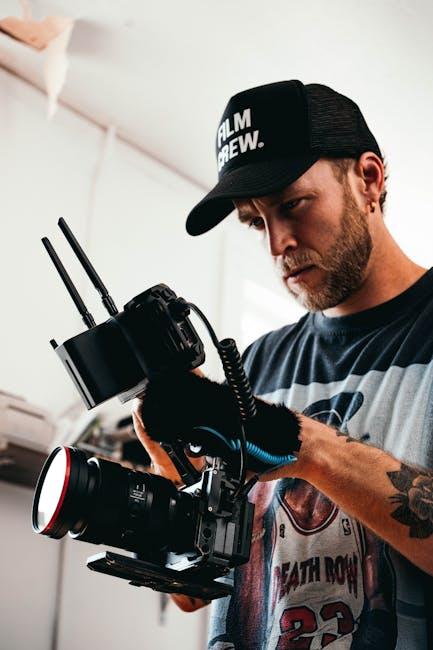
As AI continues its rapid integration into visual content editing, creators face a labyrinth of ethical dilemmas that demand thoughtful navigation. Manipulating images with AI-powered tools raises questions about truthfulness and intent, especially when alterations blur the lines between reality and fiction. The temptation to enhance visuals for engagement or persuasion can inadvertently propagate misinformation or undermine trust, particularly in journalistic or documentary contexts. It becomes crucial for creators and platforms alike to balance artistic freedom with a responsibility to maintain authenticity, ensuring audiences are not misled by overly synthetic or deceptive imagery.
Addressing these challenges requires a multifaceted approach grounded in transparency and respect for original content. Some practical strategies include:
- Disclosing AI involvement in the editing process to maintain honesty with viewers.
- Implementing ethical guidelines that define acceptable limits for AI modifications.
- Encouraging digital literacy so audiences can critically assess the authenticity of visual media.
| Ethical Concern | Potential Impact | Mitigation Strategy |
|---|---|---|
| Image Manipulation | Misleading Representation | Clear AI Disclosure |
| Deepfake Creation | Loss of Trust | Verification Tools |
| Bias in AI Models | Unfair Depictions | Diverse Dataset Training |
Ultimately, embracing AI in visual editing necessitates an ongoing dialogue about the limits of digital authenticity, where ethical awareness aligns with innovation to foster trust and creative integrity.
Best Practices for Integrating AI into Visual Content Workflows

Seamlessly blending artificial intelligence into visual content creation requires a strategic approach, respecting both the creative process and technological advancements. To maximize AI’s benefits, prioritize tools that complement your existing workflow rather than overhaul it entirely. Emphasizing collaboration between human intuition and AI precision often leads to richer, more authentic visual narratives. Critical to this fusion is fostering adaptability; designers and editors should remain open to iterative experimentation, allowing AI to handle repetitive and technical tasks while they focus on conceptual artistry.
Ensuring ethical use and maintaining creative control is equally vital. Implement guidelines that safeguard originality and avoid over-reliance on AI-generated suggestions which can lead to homogenization of content. Consider these focal points for smooth integration:
- Choose interoperable tools that connect effortlessly with existing software.
- Train teams not only in AI features but also in ethical implications.
- Regularly audit output for quality, authenticity, and bias.
- Leverage AI for repetitive tasks such as background removal or color correction to free creative resources.
| Integration Aspect | Recommendation | Benefit |
|---|---|---|
| Tool Compatibility | API-enabled platforms | Smoother workflow |
| Training | Hands-on workshops | Empowered teams |
| Quality Control | Regular reviews | Consistent output |
In Conclusion
As artificial intelligence continues to evolve, its brushstrokes on the canvas of visual content editing grow ever more intricate and profound. While AI empowers creators with tools that amplify imagination and streamline workflows, it also invites us to ponder the balance between human intuition and machine precision. In this unfolding narrative, the fusion of technology and artistry promises a future where visuals are not only enhanced but reimagined-inviting us all to witness, participate in, and shape the next chapter of creative expression.


